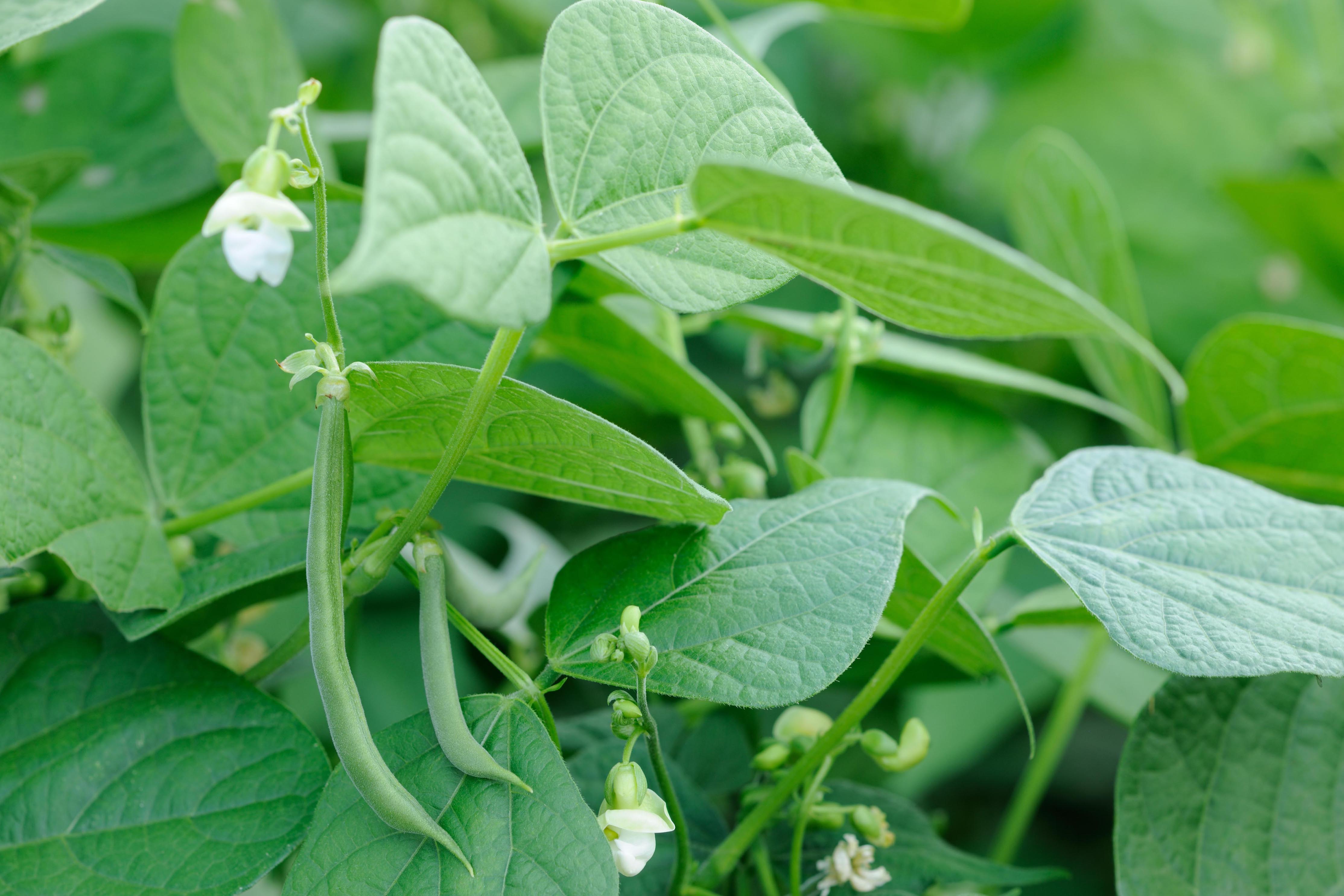
The flexitarian trend has taken over, combining what many believe to be the “best of both worlds” regarding both vegetarian diets and “flexible” (or omnivorous) diets. You’ve probably heard that vegetarians enjoy a myriad of health benefits linked to their plant-based diets, such as a lower risk of various diseases, lower weights, and even better hair and skin. Yet, you might feel reluctant to give up meat entirely.
That’s okay! Eating more fruits and vegetables is always a good idea, even if you never give up animal-based products entirely. You can pursue the “flexitarian” trend, by including more plant-based foods in your diet, while still enjoying the occasional burger or steak when the mood strikes you.
Of course, as with any primarily plant-based diet, protein is the big concern. You will need to pay a bit more attention to your protein consumption, and make a special effort to consume enough of this important nutrient. Flexitarians even coined a term for their favorite protein sources, called “new meat”, and it refers to plant proteins such as tofu, beans, lentils, peas, nuts, and seeds.
So, if you’re sold on the idea of including more plant-based foods in your diet, you might also be wondering how you can include them in your garden. Obviously, everything you’re already growing in your backyard garden, such as tomatoes, greens, or herbs, is an acceptable part of a flexitarian diet. But what about those protein sources?
Beans and peas are probably the easiest crop for home gardeners interested in more protein-based plants. They will grow best in a sunny spot, and we certainly have plenty of sun here in Southern California! Make sure that your soil is well-drained, because sogginess can kill young plants as they germinate. For this reason, raised beds often work best for peas and beans.
Prepare your soil by working composted manure into the top few inches, and add an organic fertilizer high in phosphorous and potassium. Peas prefer cool soil, so you can plant them in the spring, whereas you should wait until the soil reaches 60 degrees before planting your beans. Peas can be planted close together, about one inch apart in rows. Space bush about four to six inches from one another.
Many varieties of beans and peas prefer to climb poles or fences, so provide the appropriate support for the varieties you’ve chosen. If you come visit our nursery, we can help you choose the right plants for your needs, and offer further advice on planting and maintenance.
As you know, peas and beans can be substituted in many recipes where you might otherwise use meat. Try your new harvest in burritos, enchiladas, salads, soups, and more. They’re so versatile that you can use them in almost anything!

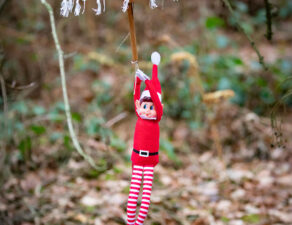
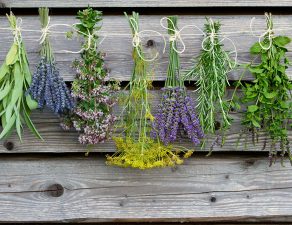
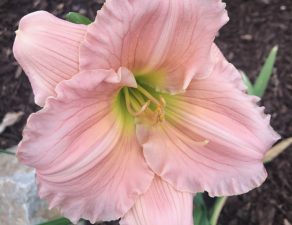
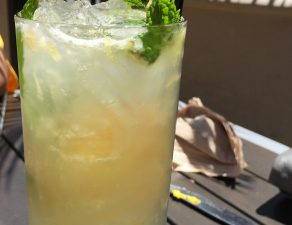
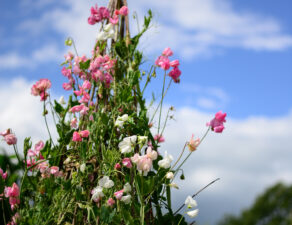
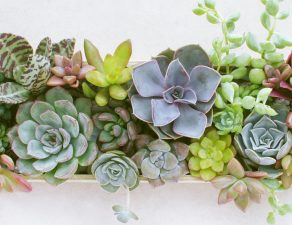
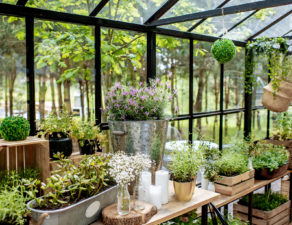
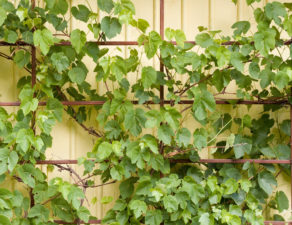
Write a comment: